


 |
  |
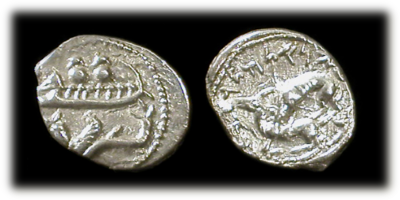 The Paleo-Hebrew AlphabetBy Jeff A. BennerOld Hebrew and the Samaritan AlphabetThe Samaritans are, according to themselves, the descendants of the Northern Tribes of Israel that were not sent into Assyrian captivity, and have continuously resided in the land of Israel. The Torah Scroll of the Samaritans use an alphabet that is very different from the one used on Jewish Torah Scrolls. According to the Samaritans themselves and Hebrew scholars, this alphabet is the original "Old Hebrew" alphabet, also called "Paleo-Hebrew." 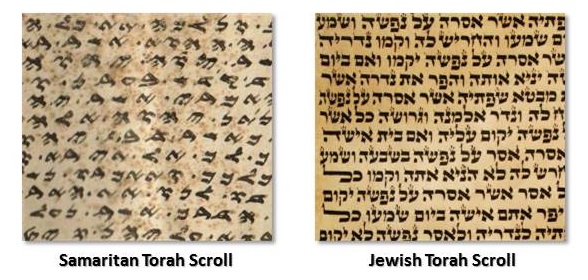
Even as far back as 1691, this connection between the Samaritan and the "Old" Hebrew alphabets was made by Henry Dodwell; "[the Samaritans] still preserve [the Pentateuch] in the Old Hebrew characters."
 Prior to the Babylonian captivity, the Jews used an alphabet very similar to what is found in the Torah scrolls of the Samaritans. 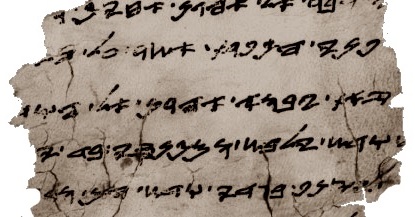 However, during the Babylonian captivity, the Jews adopted the Aramaic square script. While paleo-Hebrew continued to be used by the Jews into the first century A.D. on a limited basis, it was the Aramaic square script that was most predominately used to write Hebrew and this is the script used in most scrolls found in the Dead Sea caves. 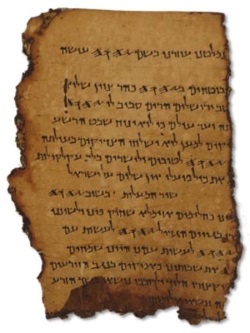 Old Hebrew and the Phoenician AlphabetWhile Prideaux noted that the Old Hebrew alphabet was the same as the Samaritan alphabet, he also pointed out that it is identical to the Phoenician alphabet. 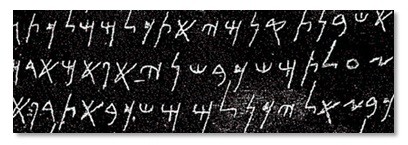 When we compare the letters of these three alphabets, we can see this similarity. 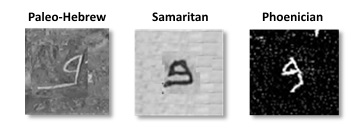
This is the letter beyt in the Old Hebrew alphabet, the Samaritan alphabet and the Phoenician alphabet. Note the close similarity of each.
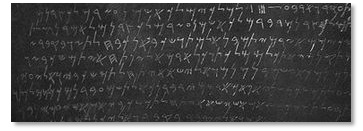 Old Hebrew and the Aramaic AlphabetAs previously mentioned, the old Hebrew alphabet was used by all Semitic peoples including the Arameans (also called the Chaldeans), but evolved independently from the Hebrew.  By the 5th century B.C., the time of the Israelites captivity in Aramea (or Babylon), it no longer resembled the old Hebrew it came from and it is this Aramaic "square" script that Israel adopted during their captivity. 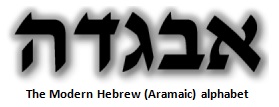 Old Hebrew and the Greek AlphabetThe Old Hebrew alphabet, was adopted by the Greeks around the 12th century BC. The first five letters of the Hebrew alphabet are aleph, beyt, gimel, dalet and hey. These same letters, adopted by the Greeks, became the alpha, beta, gamma, delta and E-psilon (meaning "simple E"). While Hebrew is usually written from right to left, Greek was written left to right and the orientation of the letters were reversed from the Old Hebrew. 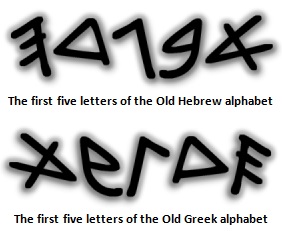 Over the centuries, these ancient Greek letters evolved into their Modern Greek forms. 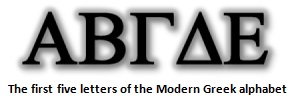 Our English alphabet is Roman, and because the Romans adopted the Greek alphabet, we are able to see our own modern English alphabet in these ancient Hebrew turned Greek letters, the A, B, C, D and E.  The connection between the Middle Hebrew Alphabet and the Modern Roman Alphabet can be clearly seen in the image below. 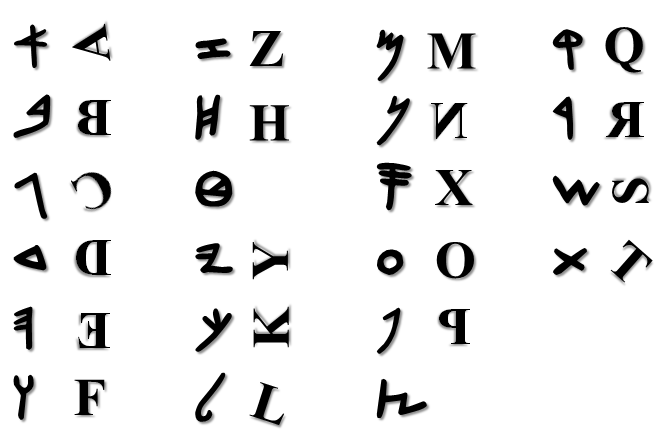 Jeff & Denise Benner Ancient Hebrew Research Center If you were sent this e-mail, would you like to receive our e-mails? Go to our Mail List page to learn more! |